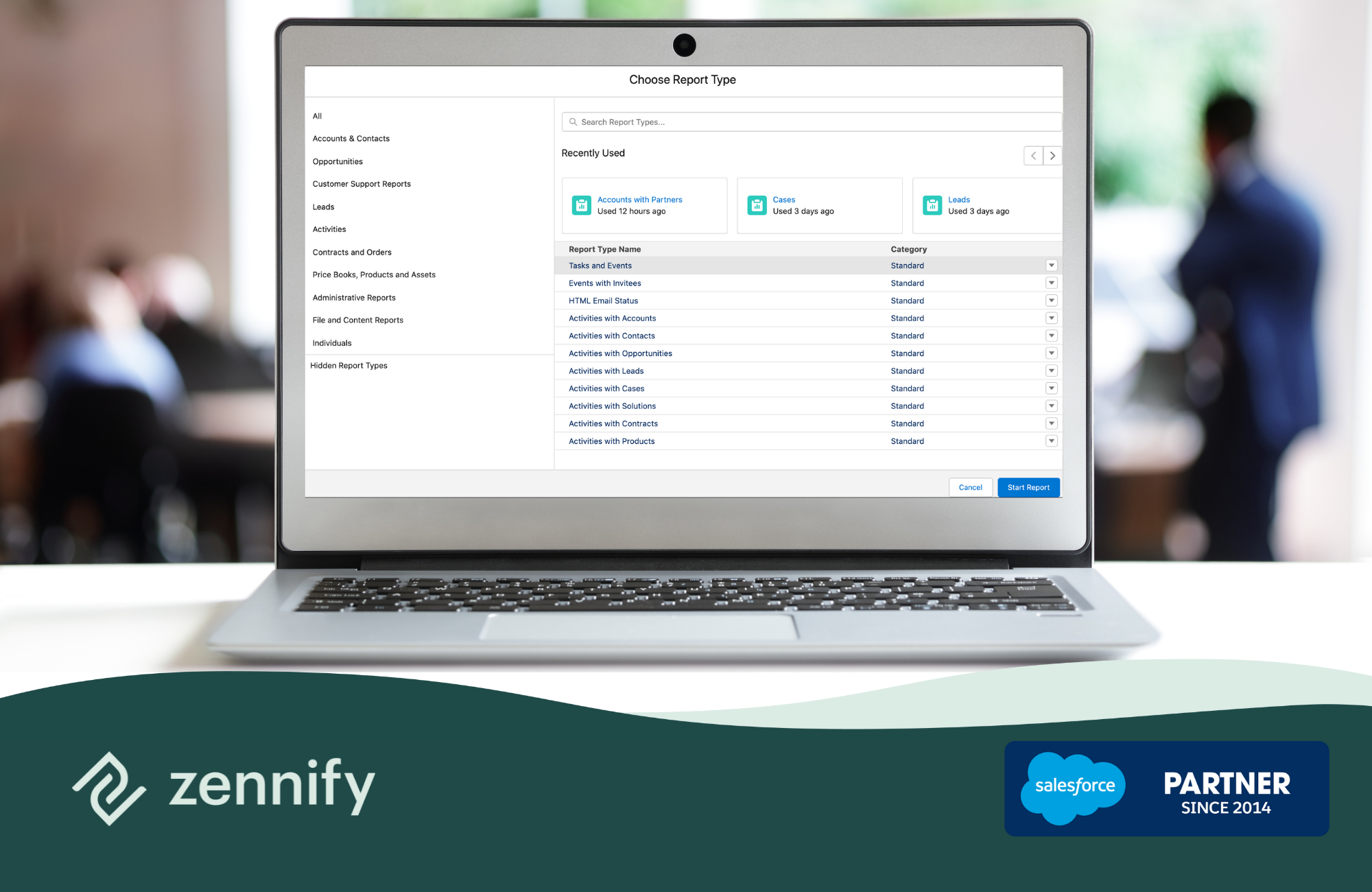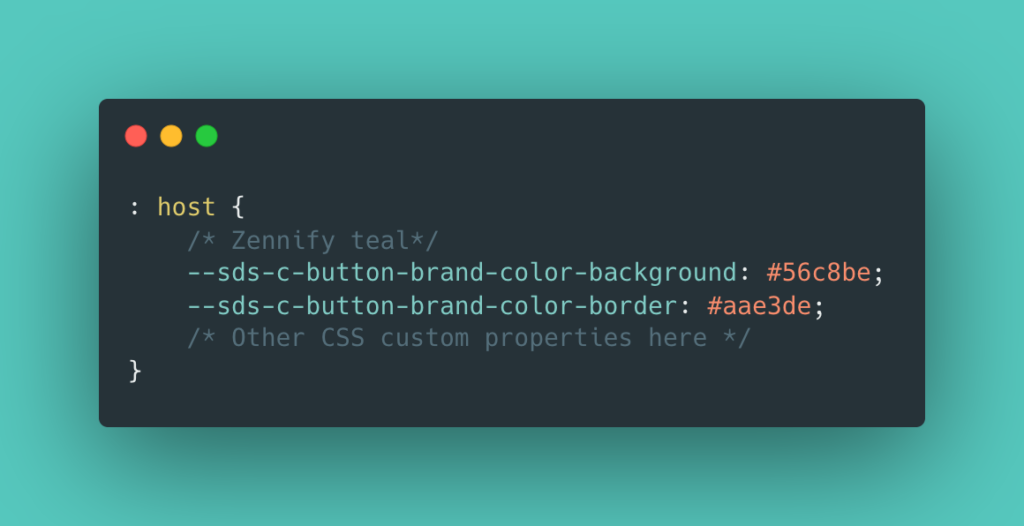Salesforce’s Spring ‘22 release becomes available for all orgs by early February 2022. Since we live in the trenches of Salesforce every day, we’ve distilled the hundreds of pages of release notes into a list of the top features to know about.
1. Easily Find the Right Report Type for New Reports (Beta)
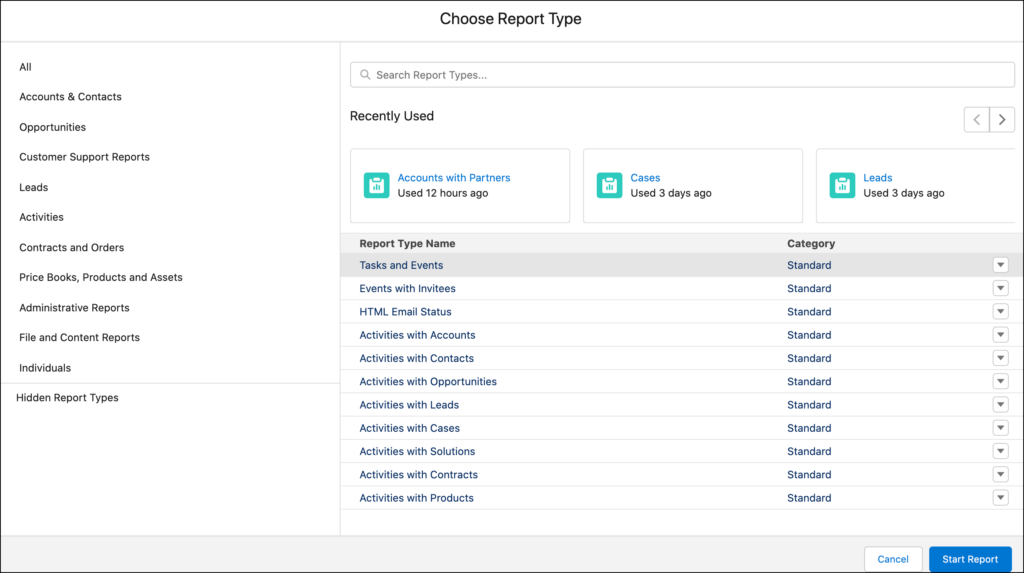
If you’ve ever found yourself wondering which report type to choose when you create a new report, this new feature has you covered.
The enhanced report type selector is a powerhouse of convenience and productivity; it takes the guesswork out of choosing a report type by showing you recently-used report types, along with their associated objects and fields.
While you’re looking at the objects and fields for your report type, you might want to view one of those objects in Setup. The enhanced report type selector also allows you to click the name of an object in the detail view to navigate to the object’s Setup page.
2. Monitor Your Slowest Desktop Record Pages

If you have desktop record pages that are slow to load, you’ll receive a prompt to take you to the Lightning Usage App.
The app can also be accessed from Lightning App Builder, and displays a list of any desktop record pages that typically take more than four seconds to load.
3. Enable Stronger Protection for Your Users’ Personal Information (Release Update)
You often want to expose content to external users, without exposing PII. This feature lets you do just that.
With Enhanced Personal Information Management, you decide which fields in your org qualify as PII.
This feature will replace the ‘Hide Personal Information’ feature, and will be enforced by Salesforce in the Winter ‘23 release.
4. Scoping Rules

Scoping Rules are a nice balance between convenience and security; they allow you to define criteria that narrows down the default records your users see, without removing their access to other records.
Scoping Rules are applied to List Views, Lookups, Reports, Search, SOQL, and SOSL.
5. Einstein Search
Einstein Search has a ton of new updates in this release.
Einstein Search for Knowledge (Pilot) now supports multiple languages, with improved persistent search filters.
Adjust Natural Language Search Results (Pilot) gives you the option to query with more than just keywords, empowering you to search more effectively. Natural Language Search (NLS) now also works for searching Tasks.
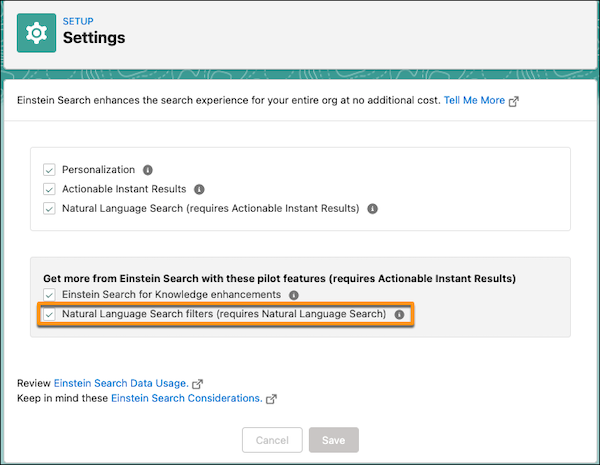
Distinguish Similarly Named Users or Groups with Profile Images makes searching more intuitive by showing a profile image for each search result. You no longer need to open a record to make sure it’s the right one.
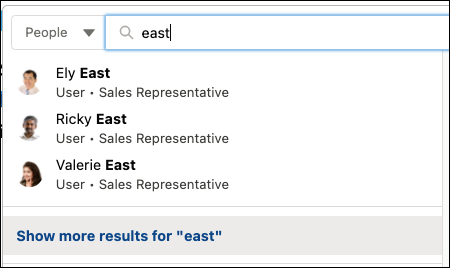
Search Results Objects Page Has a New Name (Beta) refers to the renaming of the ‘Search Results Objects’ page. The new title makes the purpose of the page more clear.
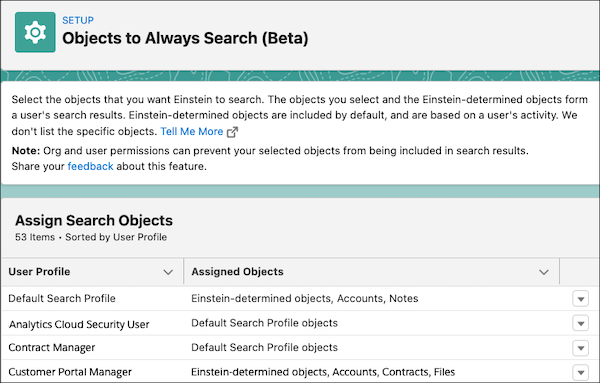
6. Use DataWeave in Apex to Enable Transformation to Different Formats (Beta)
Implementing certain functionality in Apex can be tedious and time-consuming. If you’ve ever written Apex to parse a .csv file, you’re probably nodding your head.
DataWeave in Apex alleviates roadblocks like this, making the implementation much easier to code and scale.
With Mulesoft’s DataWeave library now integrated with the Apex runtime, you’re able to create DataWeave scripts as metadata, and then invoke them directly from Apex!
7. Customize Components with Lightning Design System Styling Hooks (Generally Available)
SLDS is typically associated with styling components so that they are consistent with the look and feel of Salesforce.
SLDS Styling Hooks takes that idea and builds on it, by allowing you to style your components so that they are consistent with your branding.
Here’s a quick example of how it works:
Say you have some buttons that use the slds button slds-button_brand class. You can use the following CSS to implement your custom branding colors:
8. Secure Your Components Better, Stronger, Faster with Lightning Web Security (Generally Available)
Similar to Lightning Locker, Lightning Web Security (LWS) adds security to Lightning web components by disabling or restricting certain browser APIs.
Key differences to note:
- LWS supports more features than Lightning Locker
- LWS applies only to Lightning web components
- Lightning Locker is still used for Aura components
9. Customize Your Datatable with New Features
The lightning-datatable component just got more flexible. Below is a high-level overview of the new features you can try in your next implementation:
- Activate inline-edit mode from outside the datatable
- Use an icon as a column header without using a label
- Assign a unique ID to a column so that the same field name can be used across multiple columns
10. Create Web Apps with Lightning Web Runtime on Node.js (Developer Preview)
Previously, Lightning Web Runtime (LWR) only existed within Experience Cloud, meaning that your solution was managed by the Salesforce platform.
Now, you have the ability to leverage LWR on Node.js, completely independent of Saslesforce.
This decoupling of LWR allows you to build static sites and Single Page Applications in an non-opinionated way, with the tools of your choice.
The websites and applications you build with LWR are highly performant because the pages are pre-generated at build-time, resulting in very fast page loads at run-time.

